How to Preserve Fresh Herbs
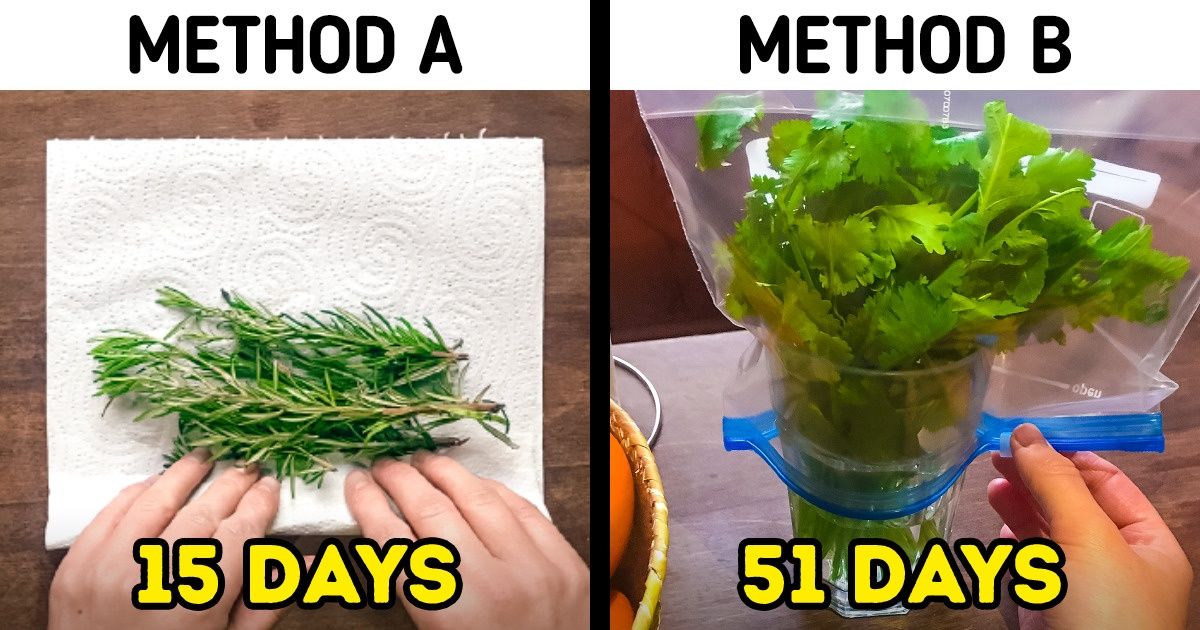
There are many ways to store fresh herbs and make them last longer. The most common one is to dry them. But 5-Minute Crafts found 3 methods that’ll allow you to save small to medium quantities of fresh herbs without destroying their flavor: A) Saving them in a kitchen paper roll, B) Saving them in a container with water, C) Freezing them in cubes.
1. Check what type of herb you want to store
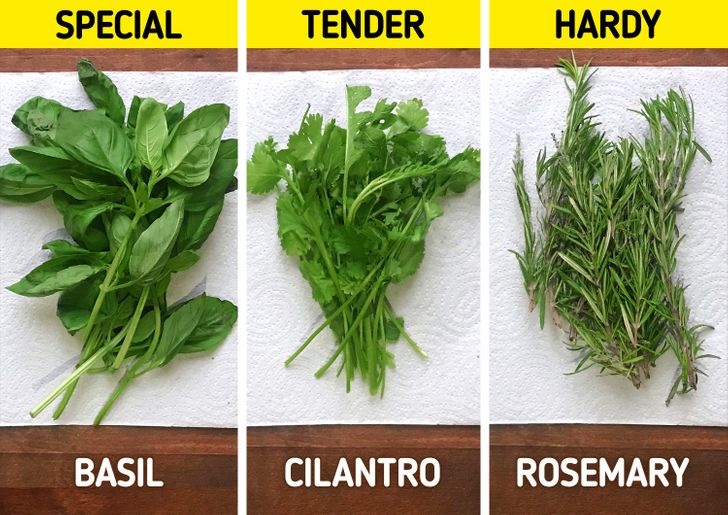
There are 3 different types of herbs:
- Special: These include herbs that won’t fit into either of the next 2 categories, like basil.
- Tender: These include herbs, like cilantro and parsley, and other herbs that have tender stems.
- Hardy: These include herbs like rosemary or thyme, which have sturdy stems.
Knowing what kind of herb you want to store will help you choose the best method to do this. Here’s a non-comprehensive list of herbs and their types:
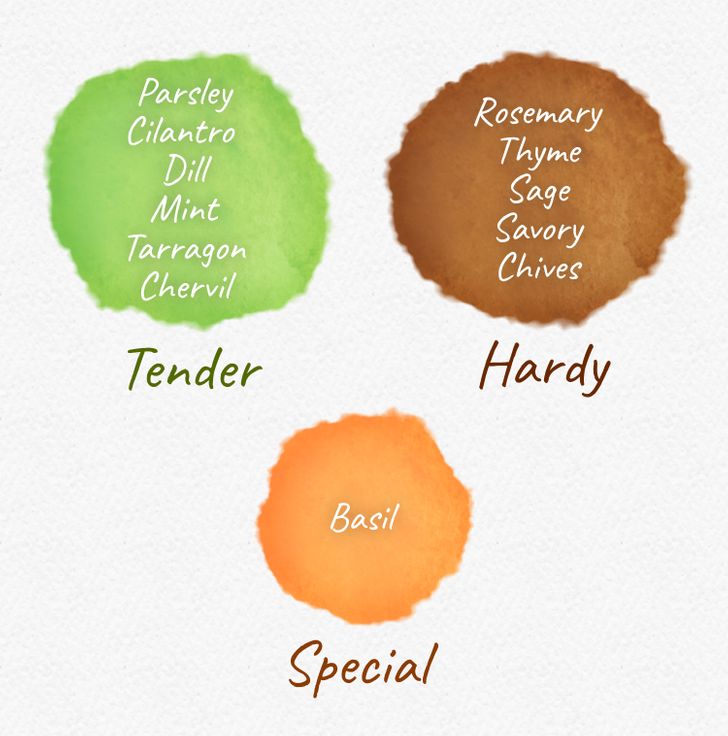
2. Wash the herbs
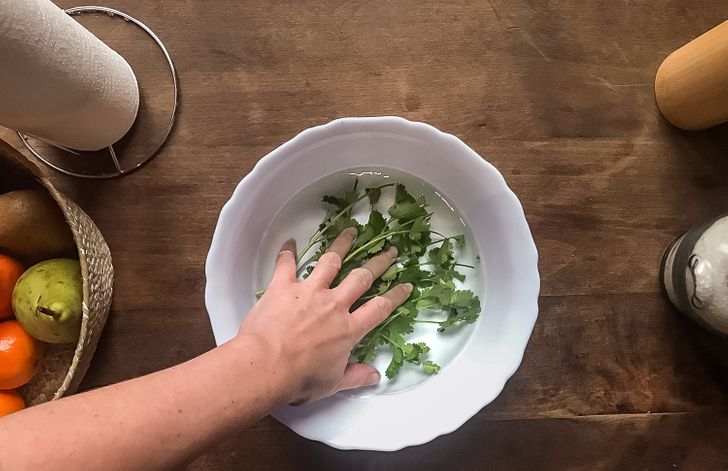
Debris and bacteria could potentially still be found on your herbs, even if you bought them packed at the supermarket. These speed up the decay of your herbs. After washing, don’t forget to pat the herbs with a kitchen towel right after to remove the excess water.
- Tip: You can use a salad spinner to gently swirl the herbs in water. Repeat the process several times until the water comes out clean and then spin the excess water away.
3. Choose your storage method
We found 3 methods you can use to store your herbs. Your choice should depend on the type of herb you want to store. Method A has proven to be better for sturdy herbs. Method B, on the other hand, is better for tender herbs.
However, that doesn’t mean you can’t use method A with a tender herb, it just means your cilantro might last for less time than what it could if you used Method B. Basil is a special herb and is stored using a special version of method B. Method C works for all herbs and is meant to store them for longer periods of time.
Method A: The kitchen paper roll
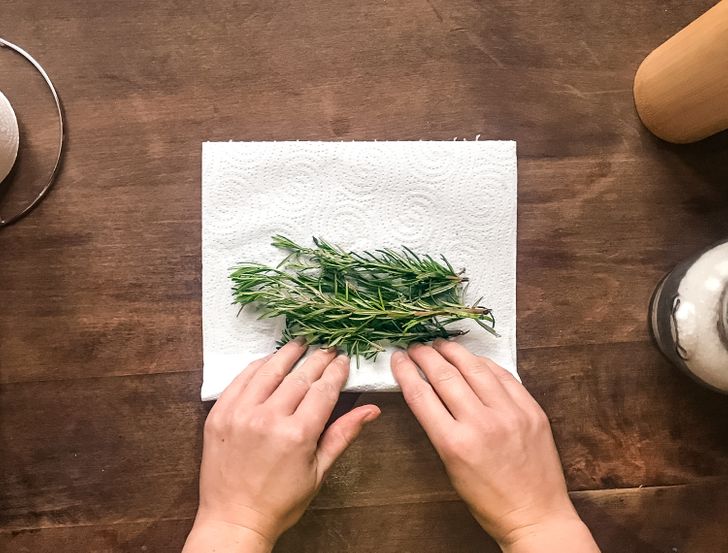
This method has proven to be more efficient with hardy herbs, like thyme or rosemary. It also works well with tender chives.
Arrange your herbs lengthwise in a single layer on a slightly damp paper towel. Then roll them up and transfer the resulting bundle to a plastic Ziploc bag. This bag should be kept in the fridge.
- Tip: If you don’t have Ziploc bags at home, you can use plastic wrap too.
Method B: The flower vase
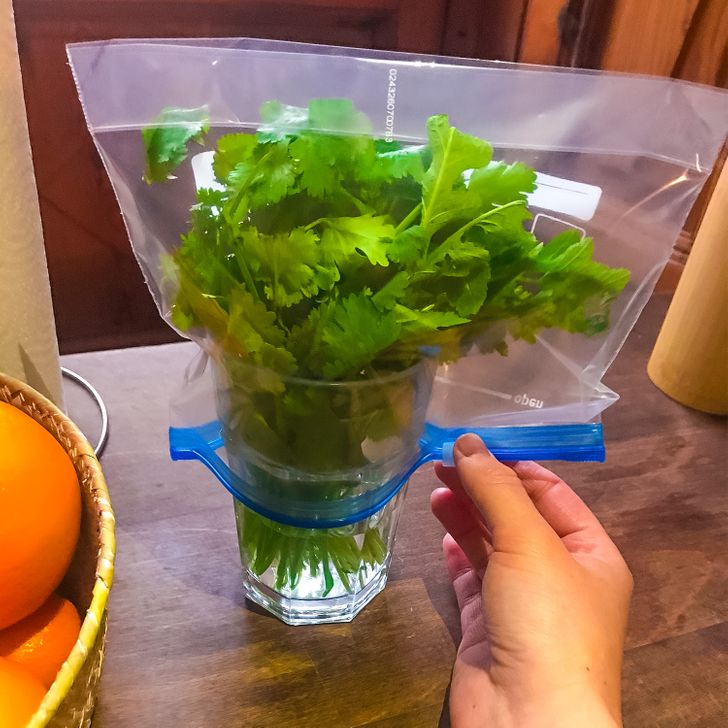
This method works best with tender herbs.
Start by cutting off the bases of the stems and removing any leaves that have gone bad. Add an inch of water or so to a pot and place your herbs into it, making sure that the stems are in contact with the water. Close the pot, if possible, and store it in the refrigerator. Replace the water every few days.
- Tip: If you can’t close the pot because you have too many herbs, you can simply cover the top with a plastic bag and use a rubber band to seal it.
Basil is a special herb. Despite being tender, the cold can easily turn it brown, so it’s better to store it at room temperature. Repeat the same procedure laid out in this step, but skip the fridge. You’ll need to change the water daily.
Method C: The frozen herb cubes
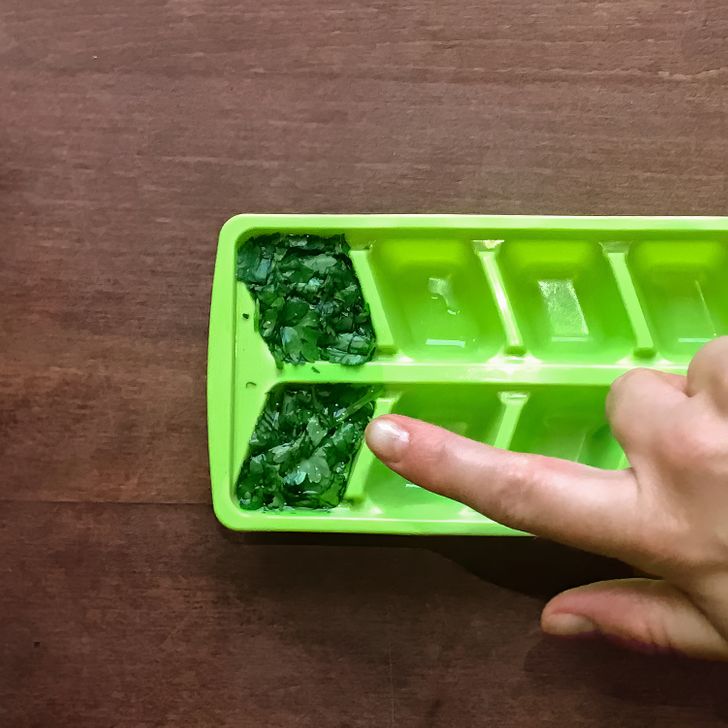
This method works best if you want to store herbs for a long time and keep them tasting fresh. It works with all kinds of herbs.
Start by finely chopping your herbs. Then place them in an ice cube tray and top up the wells with a bit of oil. Let the mixture sit in the freezer overnight. Once frozen, save them in a Ziploc bag.
Tips:
- If you have lots of herbs, place the whole leaves in a food processor, add a few tablespoons of oil, and process until finely chopped.
- Use neutral oils like canola or olive oil to better preserve the herbs’ flavor.